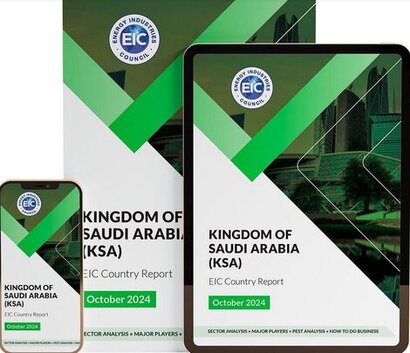
The Kingdom of Saudi Arabia Country Report 2024 paints a detailed picture of the Saudi energy landscape, including the country's Vision 2030 national strategy, under which it wants to diversify its economy and reduce dependence on fossil fuels.
According to the EIC report, the kingdom has seen a surge in renewable energy projects, particularly in solar and wind power. The National Renewable Energy Programme's latest rounds are focusing on solar photovoltaic and wind energy, which aims for a combined capacity of 4.5 gigawatts (GW).
Under current plants, Saudi Arabia will install 120 GW of power generation capacity by 2030, with the aim of having 50 percent of this capacity come from renewable sources. As of 2023, the country's renewable energy capacity stood at 3.67 GW.
The report also includes details on Saudi Arabia's grand plans for hydrogen production and carbon capture and storage (CCS) facilities. The Kingdom's goal is to produce 4 million tonnes per annum of clean hydrogen by 2035 and expects to invest as much as $16.1 billion to achieve that capacity. Major projects such as the NEOM Green Hydrogen Facility, set to produce 650 tonnes of green hydrogen per day by 2026, are central to this goal.
In CCS, Saudi Aramco targets capturing 14 million tonnes of carbon annually by 2035. The upcoming Jubail Industrial City CCS hub, expected to be operational by 2027, is a significant part of these efforts. The country also pledged not to build new power stations running on fossil fuels unless they are fitted with CCS technology.
For additional information:

